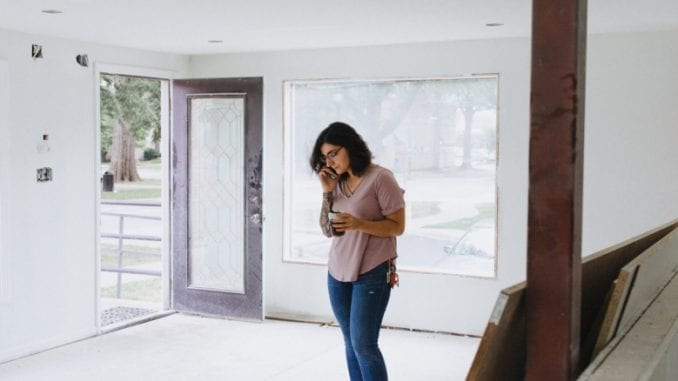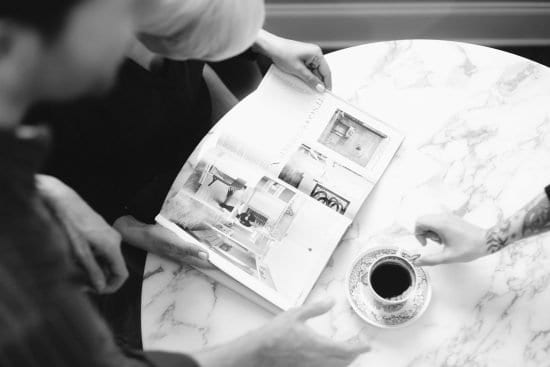
Opening a coffee shop is a true labor of love, though sometimes it feels like just plain labor. Future shop owner and frequent Barista Magazine Online contributor Diana Mnatsakanyan-Sapp details some of the less-talked-about and unexpected aspects of opening a brand-new shop.
BY DIANA MNATSAKANYAN-SAPP
SPECIAL TO BARISTA MAGAZINE
Cover photo by Elli McGuire
Part 3: Building a Foundation
In the first and second iteration of this series, we addressed some of the key elements to building a solid foundation—in more than one way—for your business. In this piece, I’ll share some tricks I’ve picked up in the last several months on how to deal with the utter chaos of construction.
Document Everything
Building a record of your correspondence with all of your vendors and contractors (and I mean it when I say “all”) will protect you when things inevitably get lost in translation. There will be no need to waste time trying to figure out why a miscommunication happened, because you’ll have already documented the entire correspondence.
If a vendor verbally promises to cut you a deal on a piece of equipment, send a follow-up email thanking them for accommodating you, making sure to include the price they’ve committed to in your email. If you change your mind about the style of a window on your building, email your contractor about the adjustment in addition to your usual in-person conversation. Take screenshots of text messages, take pictures of everything, and store them all in a place where they are safe and well-organized. You (and your attorney) can thank me later.

Be Detail Oriented, But Know When to Let Go
Have you ever noticed the aesthetics of the emergency “EXIT” signs in a restaurant? What about the placement of HVAC vents in your favorite café? How about the paint color of the quarter rounds on the baseboards in a building? No? Me neither, at least until we started building our shop.
There are endless details that come with building a coffee shop. You don’t just have to think about the color you’re painting your walls; you need to understand the level of gloss and texture on the paint you’ve chosen. You can’t just pick “a cabinet,” because there are hundreds of styles of cabinetry to choose from. Don’t even get me started on electrical outlets. There are enough tiny details in one corner of your building to drive you mad, if you let them.
Your mental health will hinge on your ability to pick your battles. At the end of the day, customers won’t stop coming to your café because you chose a shaker crown molding instead of a colonial crown molding. Have a firm understanding about what is important for your vision of the business, make those decisions early, and stick to them. The details are important, but you can’t let yourself drown in them.

Get Creative to Save
Having nice furniture and light fixtures shouldn’t translate into taking out a second mortgage on your home. While Linda Thach, owner of New York City-based Little Skips, was first opening her café in 2013, she quickly realized her need to cut costs wherever possible. Not wanting to sacrifice her ideas for the space and comfort of her café, she took matters into her own hands. As a way to stretch her budget, she recalls, “I often drove outside the city to pursue deals I found [from] scouring Craigslist and furniture sites online.”
Using resources like Craigslist, Facebook Marketplace, and thrift stores can dramatically reduce your overhead costs when furnishing your café. Similarly, teaming up with a distributor to help you find items similar to the drool-worthy, high-end décor you’re dreaming of can help you maintain your style while cutting the cost of paying for brand names.
In the fourth and final installment of this series, we’ll address operational protocols, café staffing, and how to breathe into a paper bag when things go sideways. Kidding … kind of.
 ABOUT THE AUTHOR
ABOUT THE AUTHOR
Diana Mnatsakanyan-Sapp is the co-creator and director of operations at Undercurrent Coffee in Charlotte, N.C. She is an SCA specialized instructor, trainer, and examiner, mother of two cats, and a semi-amateur Netflix marathoner. She can be reached at diana@undercurrentcoffee.com.

